Jasper National Park is a can’t-miss destination in the middle of Alberta and within the Canadian Rockies.
It’s a nature-lover’s dream, with tons of outdoor activities and wildlife to see.
In this guide, you’ll learn about the stunning landscapes, the kinds of wildlife you can expect to see, and a little about the mountain-town culture.
You’ll also learn when to go, what to do, and where to stay and eat while there.
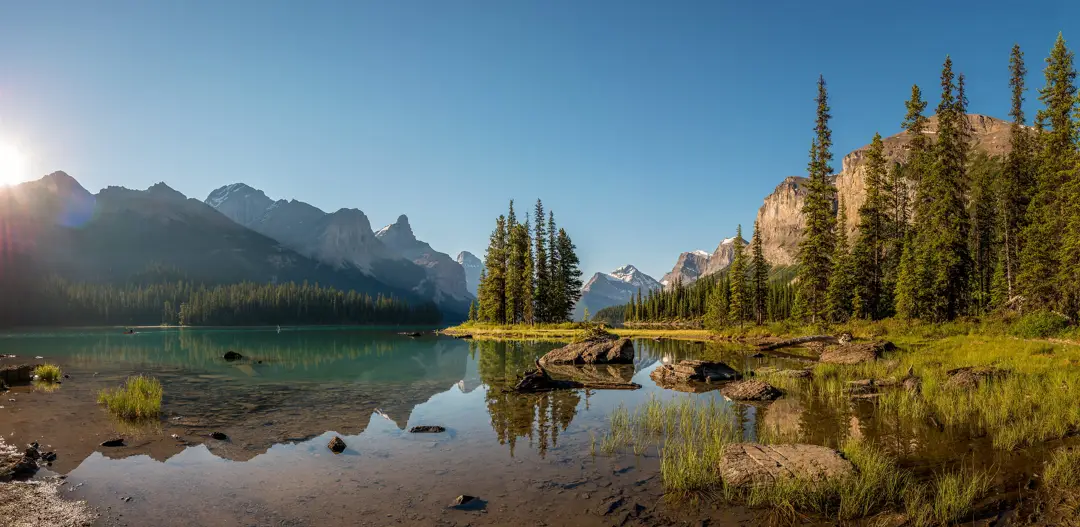
Introduction about Jasper National Park
1. Location
Alberta’s Jasper National Park is located amidst the stunning Canadian Rockies. But this place isn’t just a looker — it’s a haven for nature lovers and outdoor enthusiasts.
So if you’ve been envisioning towering mountain ranges and placid lakes, Jasper has it all.
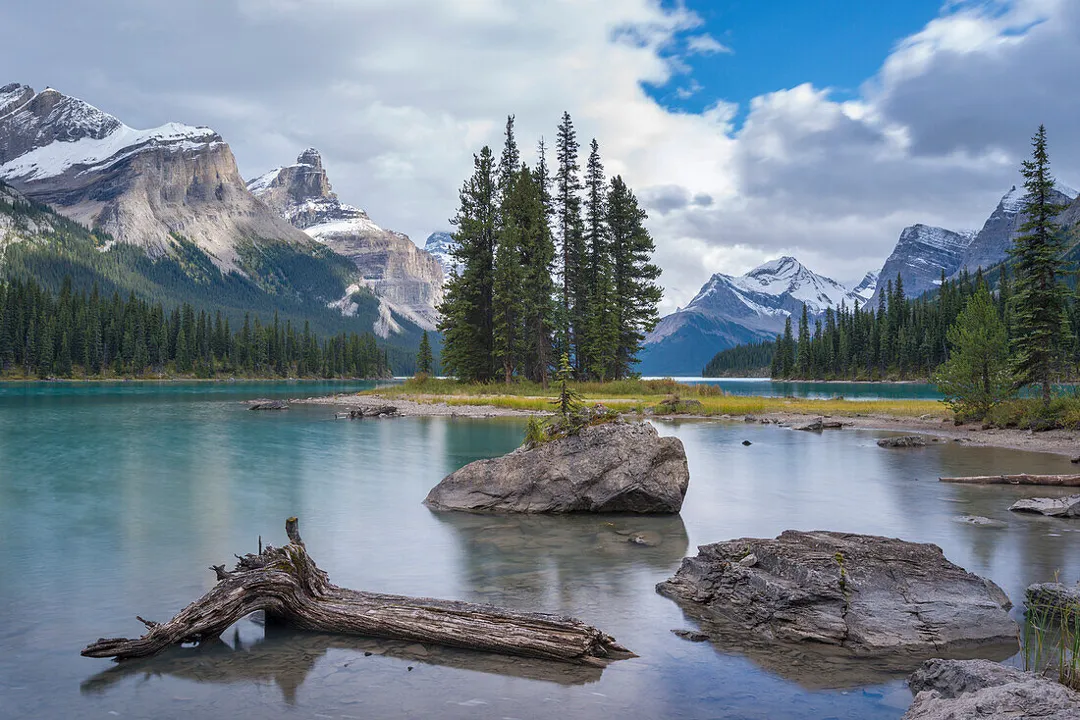
2. Tickets and Opening Hours
Before you set off exploring, though, you need to get tickets. They’re cost-effective and include unlimited access to all the wonders of the park. The park is open all year.
Day Pass: $11 CAD for Adult (18–64)
Annual Discovery Pas: $75.25 CAD for Adult (18–64)
3. Where to Buy Tickets
At park gates or visitor centres (credit/debit accepted)
Online through the Parks Canada website
At kiosks or retail partners in nearby towns like Jasper or Banff
4. Getting There and Getting Around
But how do you get to Jasper? Flying is the best bet.
Flights will take you to either Edmonton or Calgary (the nearest airports).
A road trip will then get you the rest of the way to the park, through some of Canada’s most incredible scenery.
Driving within the park is the most convenient way to get around, though shuttles, buses, bikes, and tours are also available.
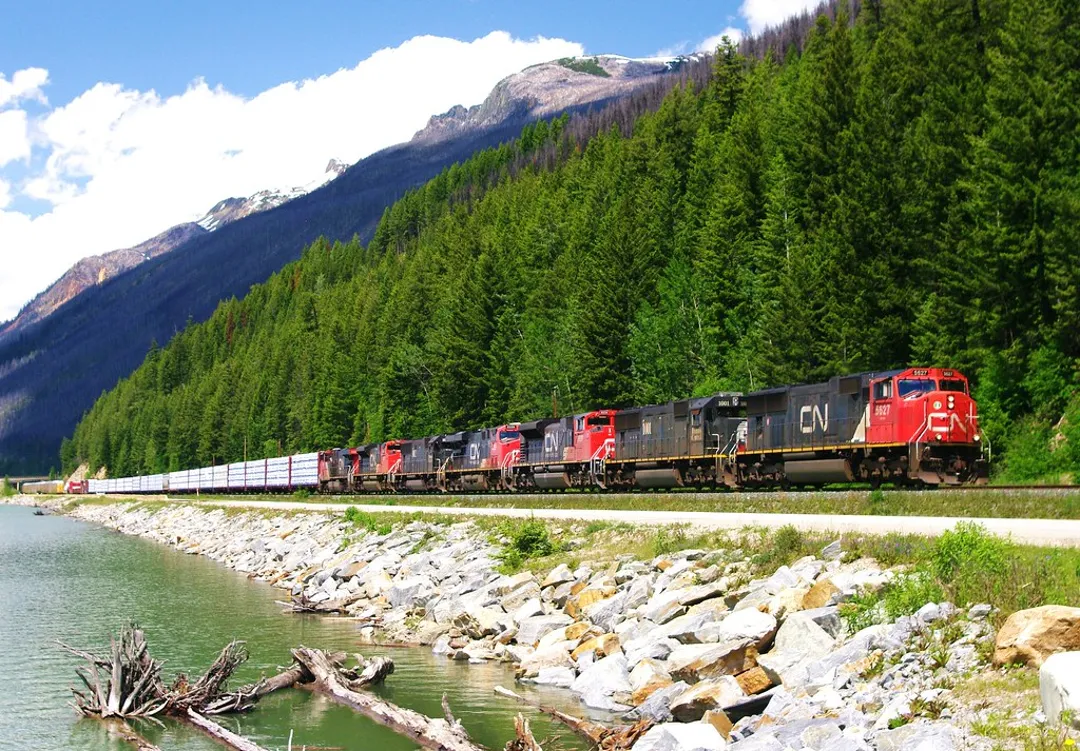
5. Best Visit Times
Summer (June–August): Perfect for hiking, wildlife spotting, and enjoying the lakes.
Fall (September–October): Enjoy fewer crowds, stunning fall colors, and the elk rutting season.
Winter (November–March): Experience snow-covered beauty, skiing, and perhaps catch a glimpse of the Northern Lights.
Spring (April–May): Watch as melting snow feeds waterfalls, offering some of their best displays.
6. Accommodation
Looking for accommodation is super easy with something on offer to suit all budgets and tastes.
Luxury Hotels: For those seeking comfort with all the bells and whistles, these hotels are a short drive from the park and offer stunning views.
Budget-Friendly Hostels: Perfect for solo travelers or backpackers, providing a cozy base to return to after a day of adventures.
Cozy Cabins: These offer a rustic but comfortable experience and are perfect for families or groups looking for a home-like feel close to nature.
Camping: Both front-country and backcountry options are available for those who prefer sleeping under the stars.

Top Attractions and Activities
1. Athabasca Falls
Athabasca Falls is an impressive natural attraction, featuring an incredibly strong, thundering waterfall.
It’s extremely easy to access, so it’s popular with tourists of every demographic.
There are well-maintained paths and viewing areas that you can wander on, from which you can witness the massive waterfall dump into the rocky canyon below.
It’s a great place to visit, and you could easily stay for an hour here, snapping multiple pictures.

2. Maligne Lake
Maligne Lake is the showstopper in Jasper National Park.
The water is a stunningly pristine shade of blue, and the famous Spirit Island is a popular postcard shot.
If you’re taking one of the leisurely boat tours or paddling your own canoe, the lake is a wonderful place to relax and soak in the scenery.
It’s a relaxing break and you should take two to three hours to explore in and around the lake (and hike a trail or two as well).
3. Columbia Icefield & Athabasca Glacier
But, besides the landscape, there’s plenty to keep you entertained.
You can take an Ice Explorer, a huge bus-like vehicle, onto the massive Athabasca Glacier for a closer look at the ice.
The Skywalk in Sunwapta Valley offers glass-floored views. Plan to spend half a day enjoying the scenery and guided activities.
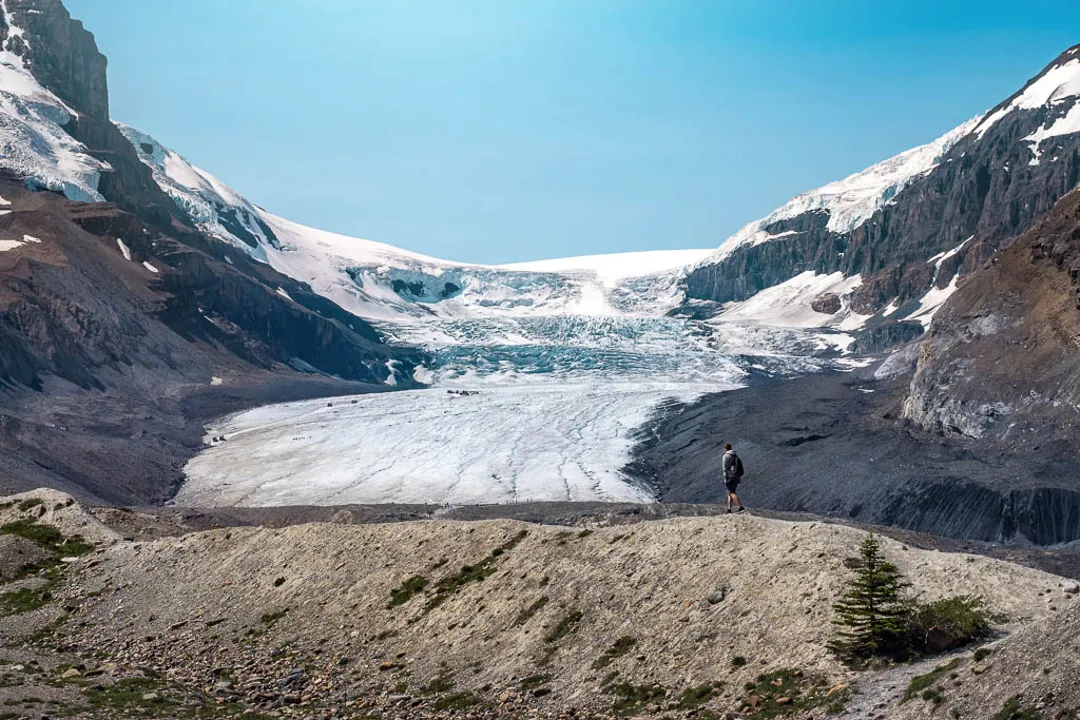
4. Mount Edith Cavell
Mount Edith Cavell is a (medium-level) (shortish) hike which offers (beautiful views) and a view of a glacier.
Angel Glacier looks like rock wings and is the best spot for pictures. (I like hiking) and if that’s your thing too, this is one of the (nicest) hikes in the park. Even if you just want to walk a little, this is doable.
This hike takes about (an hour or two) to do (if you are going the whole way) but the stunning views are worth it.
5. Pyramid Lake
Pyramid Lake is a great place to spend a lazy afternoon enjoying the outdoors.
You can canoe or kayak or just pack a picnic and relax. And at sunset, the lake is brilliantly colored, so photographers and couples will be especially pleased.
You can easily spend at least an afternoon here, taking in the relaxed atmosphere and the view of Pyramid Mountain.
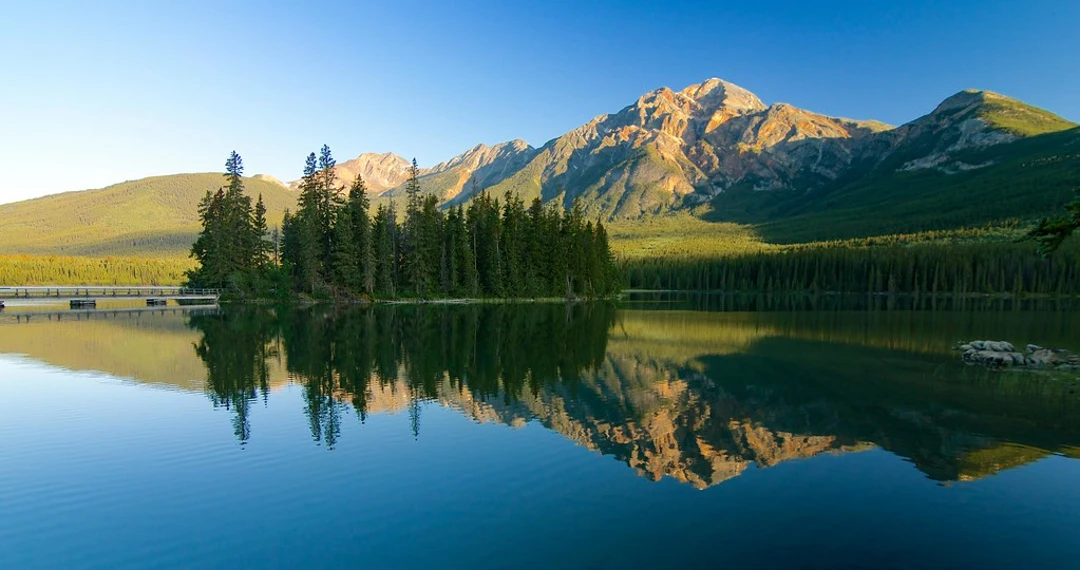
6. Town of Jasper
Explore the lovely town of Jasper, with its welcoming environment set into the mountains.
This two-block town makes for a great place to relax and relax after a long day out, with its cafe culture and local stores.
And, since it’s the park’s central town, take a few hours to walk about, indulge in some “mountain town” life and see how some human life is interwoven with all that natural beauty in the park.
7. Hiking
Home to a wide array of hiking trails, Jasper National Park is a hiker’s dream destination.
The Valley of the Five Lakes is a short hike with gorgeous views of some of the most strikingly turquoise water you’ll ever see, while the Sulphur Skyline Trail allows you to look out over sweeping panoramas following a steep climb.
If you have only a couple of hours or the entire day, you’ll be able to find a trail that suits your level and experience and lets you experience the diverse scenery.
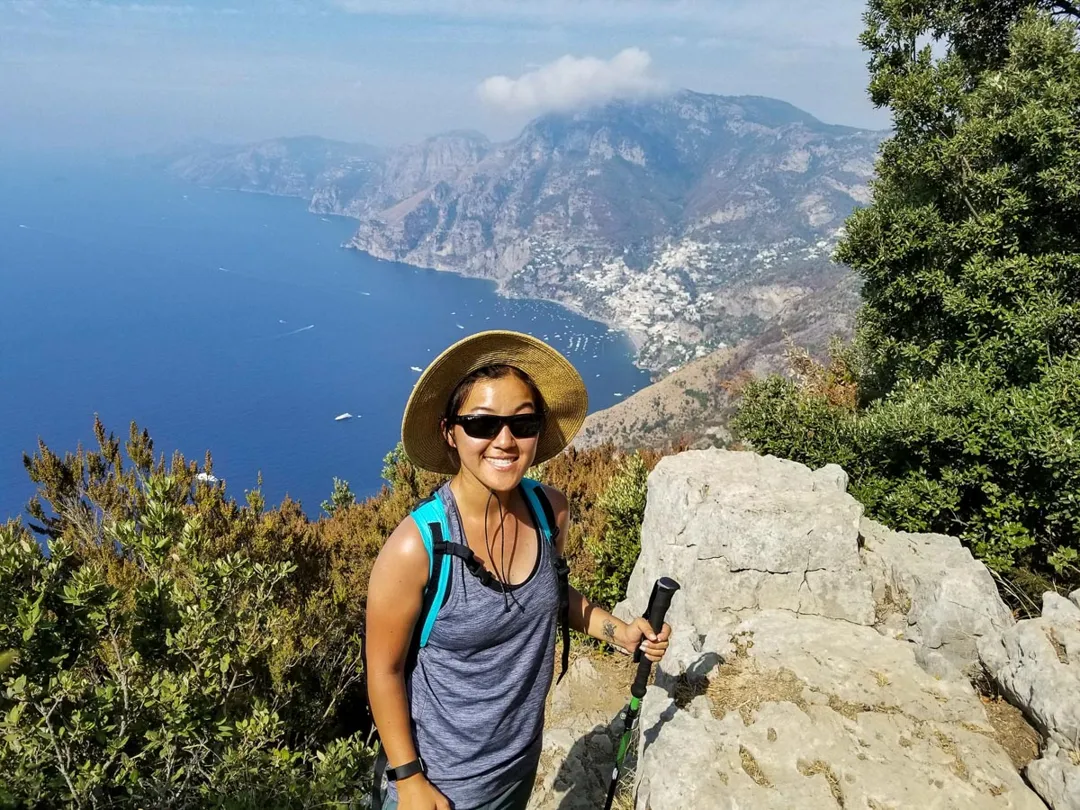
8. Wildlife Viewing
Animal viewing in Jasper is an amazing experience.
Elk, bear, moose, and bighorn sheep are all common sights. It’s one of the best places in the world to see these animals in the wild.
Spend a couple of hours with your camera on you and chances are you’ll get some awesome shots interacting with the local wildlife.
9. Camping
Once you go camping in Jasper, you’ll be able to revel in the park’s peaceful landscape.
It doesn’t matter if you’re looking for front-country or backcountry camping, you’ll just appreciate spending a night outdoors with nothing but nature’s melody in the background.
Take at least a night (or two) to unplug and truly experience the calm and beauty of the park.
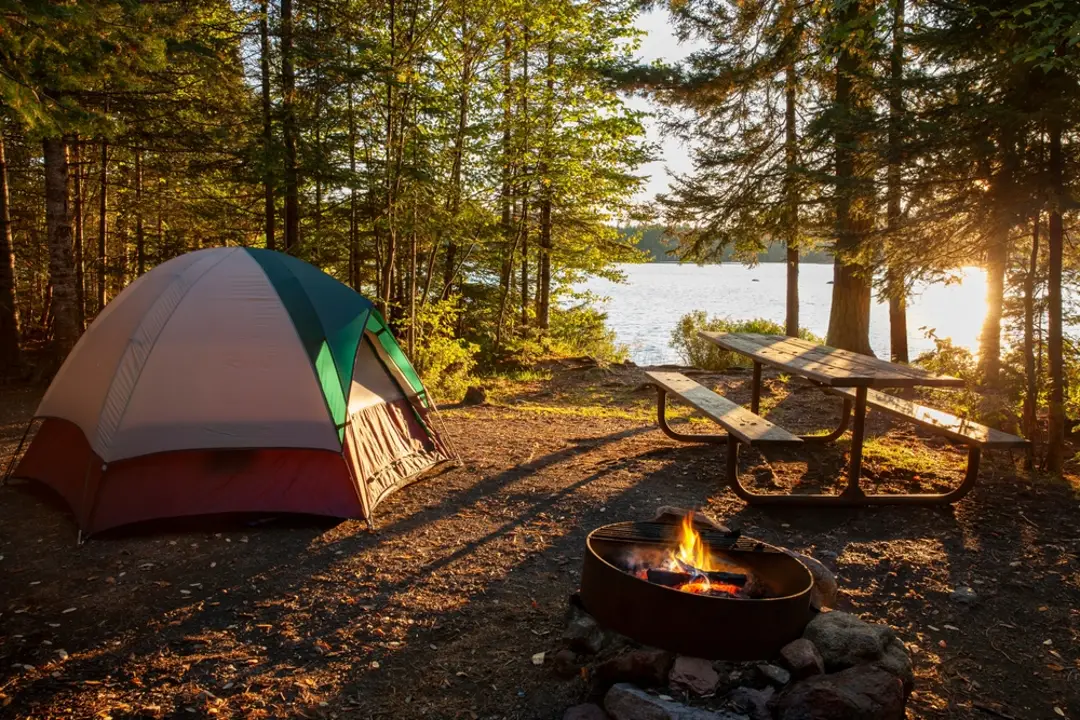
10. Biking
For bikers (of the two-wheeled kind), Jasper has some really great bike trails that are fun, easy, and scenic.
Rent a bike and hit the trails to experience the park from a whole new angle!
You might have enough here to fill half the day with cycling but you’ll love the trails!
11. Canoeing & Kayaking
With so many lakes and rivers in the area, you can expect great canoeing and kayaking in Jasper.
Cruise down the calm waters and take in the towering vistas and unspoiled nature of the area.
It’s a freedom and serenity you shouldn’t miss — allot a few hours and go for a paddle.
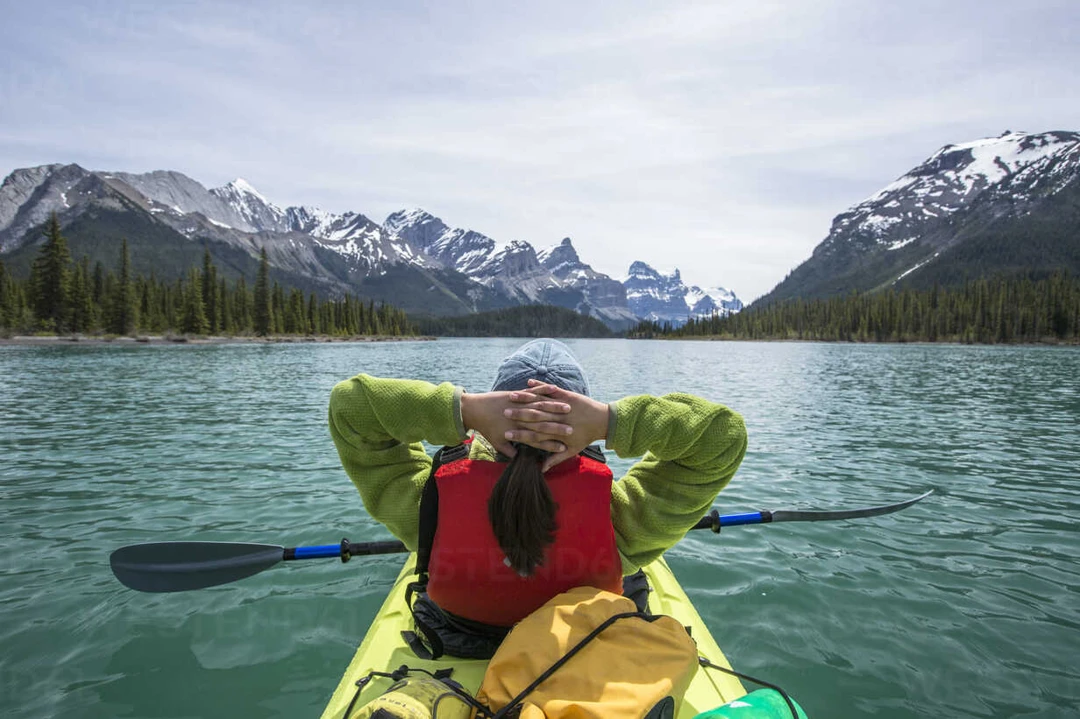
12. Winter Activities
When the park is covered in snow, Jasper becomes a winter playground, offering plenty for you chance to go snowshoeing, cross-country skiing, and stargazing.
The cold, dark nights will have you spending evenings looking up at the twinkling stars, while there are more than enough trails to keep you fully occupied with winter sports.
Take a day to enjoyed these winter activities and experience the quiet, unique Jasper in winter.
13. Stargazing and Photographing the Milky Way
Located far from any major town, Jasper has some of the best views of the night sky you’ll ever see.
With no light pollution around, you can see the Milky Way in all its glory, offering some wonderful night photography opportunities.
Plan to spend at least a few hours out at night, capturing the sky and witnessing the otherworldly beauty that happens once the sun goes down.
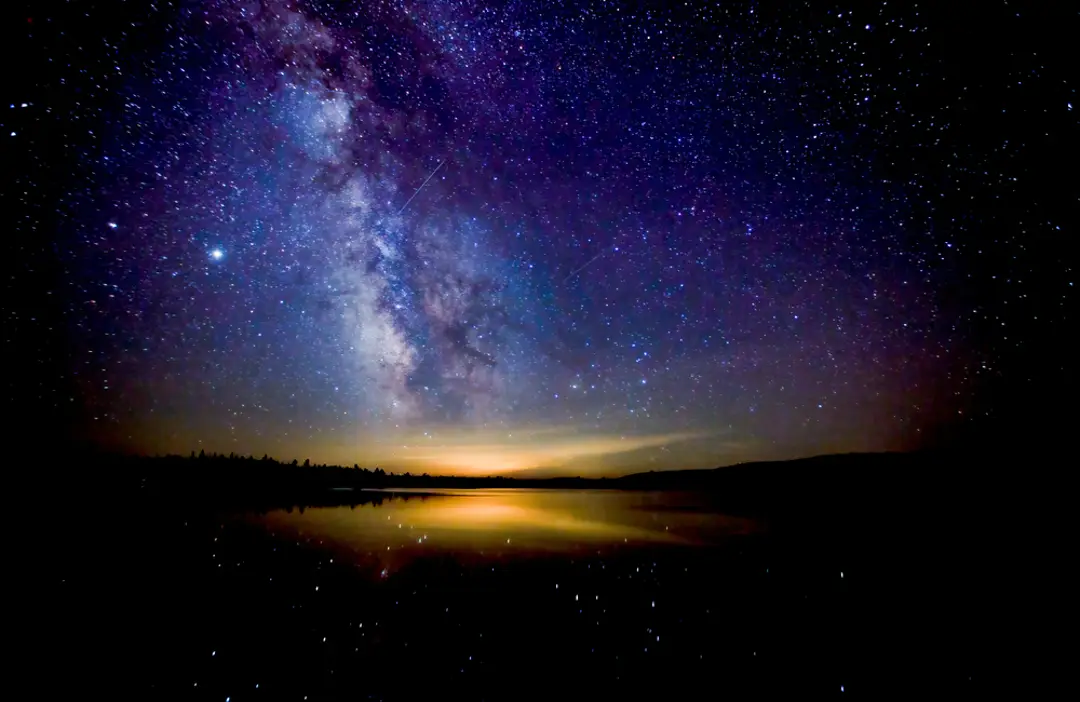
Travel and Safety Tips
Respect Wildlife. Maintain a safe distance from wildlife; they are unpredictable. Never feed or approach animals, as it can be dangerous for both you and them.
Bear Awareness. Bears are supported in Jasper. Carry bear spray and learn how to use it. Make noise on trails to signal your presence.
Stay on Marked Trails. Venturing off marked trails can be risky and harmful to the park’s ecosystem. Stick to designated paths to ensure safety.
Leave No Trace. Follow “Leave No Trace” principles. Pack it in, pack it out to keep the park pristine for future visitors.
Check Park Alerts and Updates. Visit the Parks Canada website for any alerts or updates on trail conditions and wildlife sightings.
Snow Safety in Winter. If visiting in winter, understand basic snow safety and check avalanche conditions.
Respect Cultural Sites. Honor indigenous lands and cultural sites by visiting respectfully and following guidelines posted.
FAQ
1. Are there guided tours available in Jasper National Park?
Yes, you can also take guided tours to help you cover the expansive area with attractions like Maligne Lake and the Columbia Icefield.
2. Can I bring my pet to Jasper National Park?
Well-behaved pets are allowed as long as they are on a leash, never left alone, and do not disturb the wildlife..
3. Where can I buy food and supplies within Jasper National Park?
Jasper, the town, has grocery stores, cafes, and restaurants to re-supply and rewind.
4. What should I pack for a trip to Jasper National Park?
When preparing for your trip, bring layers, hiking boots, a camera (to capture the views), emergency supplies, and activity-specific equipment (e.g. skis, bike).
5. Is fishing allowed in Jasper National Park?
Yes we do allow fishing, you will need a national park fishing permit that is available locally or online.
6. What is the elevation of Jasper National Park?
The park sits at an elevation of 985 meters (3,232 feet) and reaches 3,747 meters (12,293 feet) at its highest point on Mount Columbia.
Conclusion
Jasper National Park is more than just a scenic stop in the Canadian Rockies—it’s a place where nature, adventure, and small-town charm come together.
Whether you’re hiking, spotting wildlife, or simply soaking in the mountain views, Jasper offers an unforgettable experience for every kind of traveler.
Now that you know what to expect—from the landscapes to the local culture—you’re ready to plan your own adventure to this breathtaking corner of Alberta.
